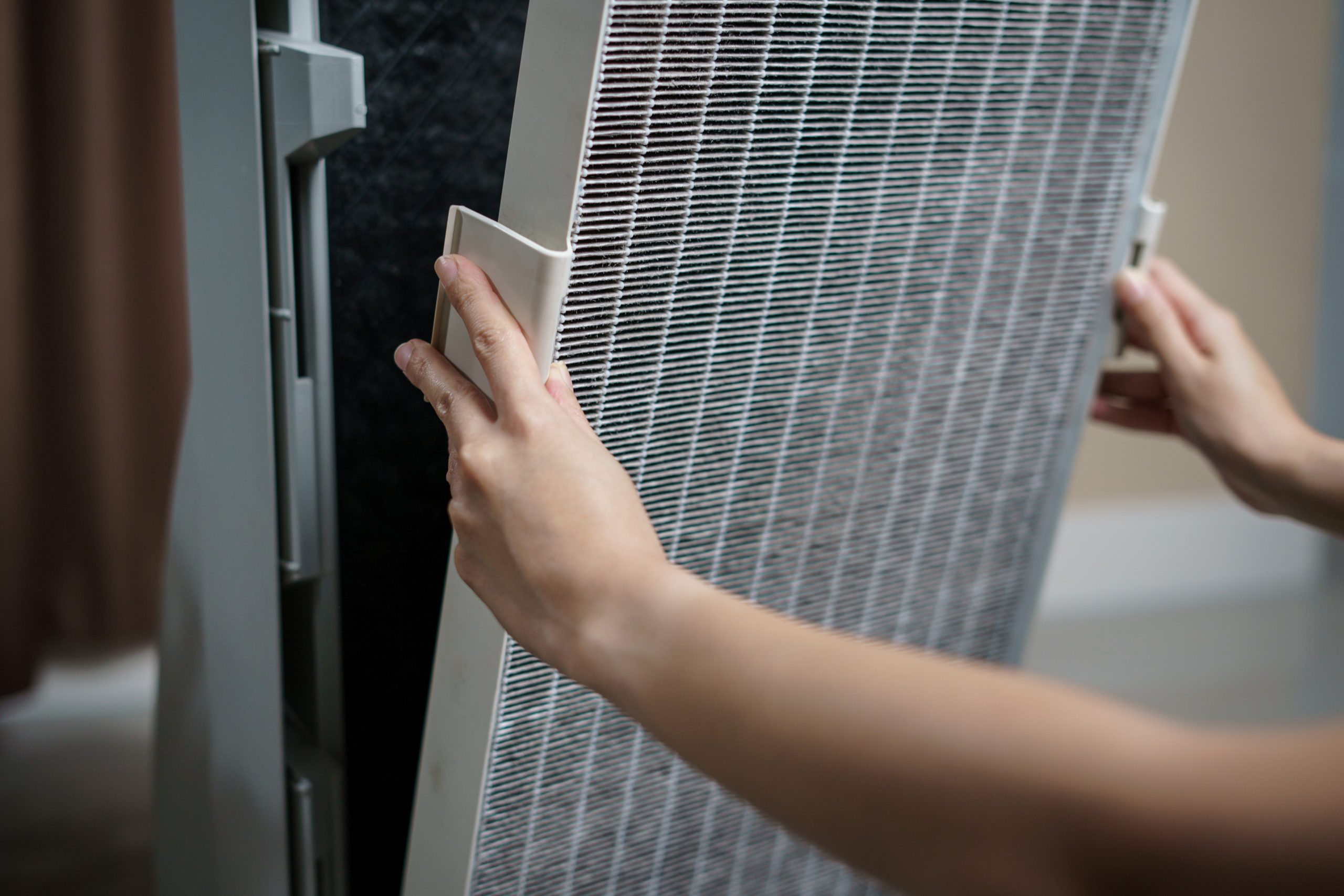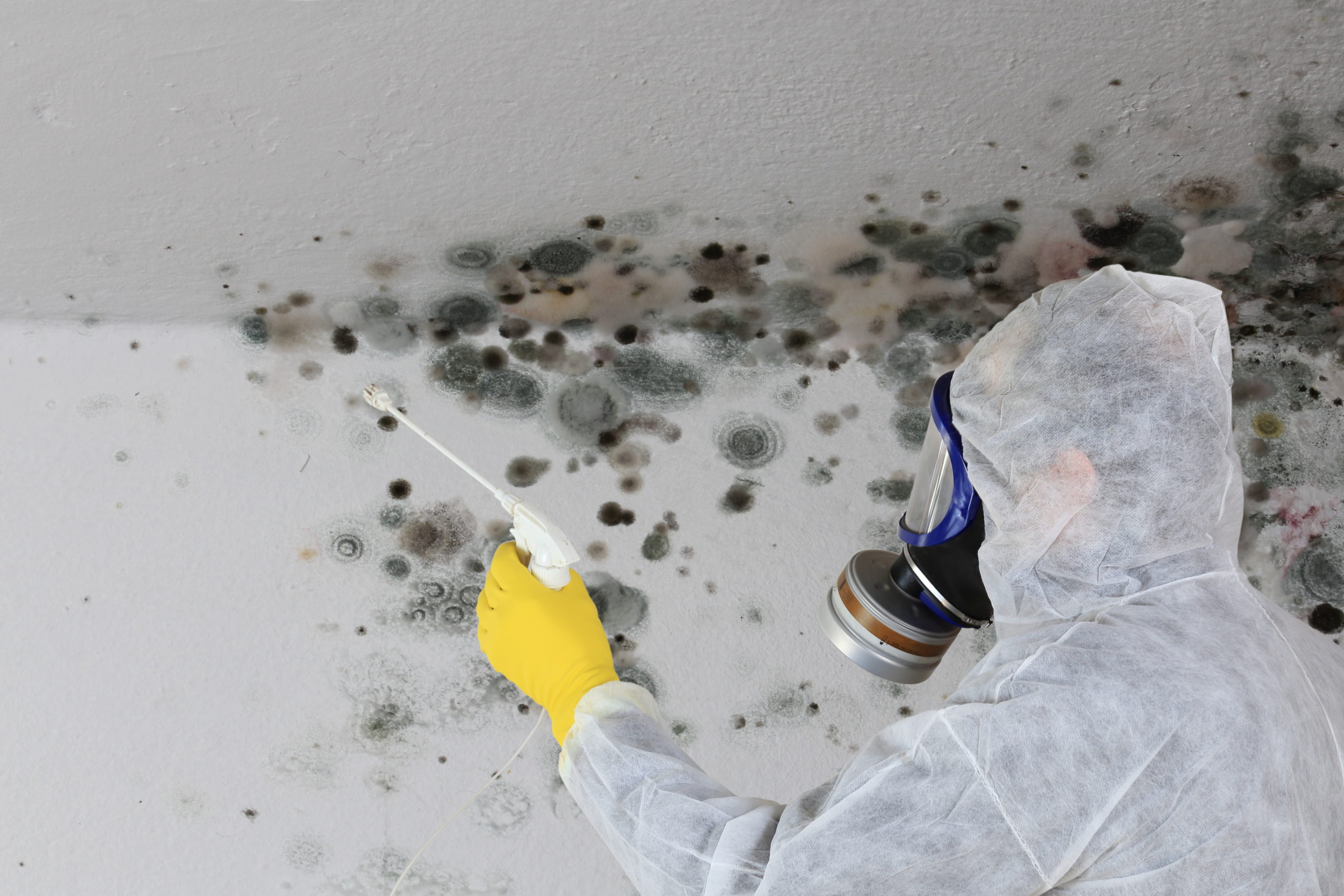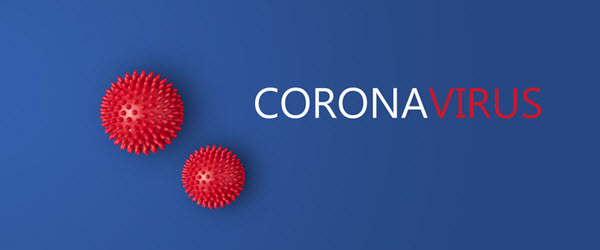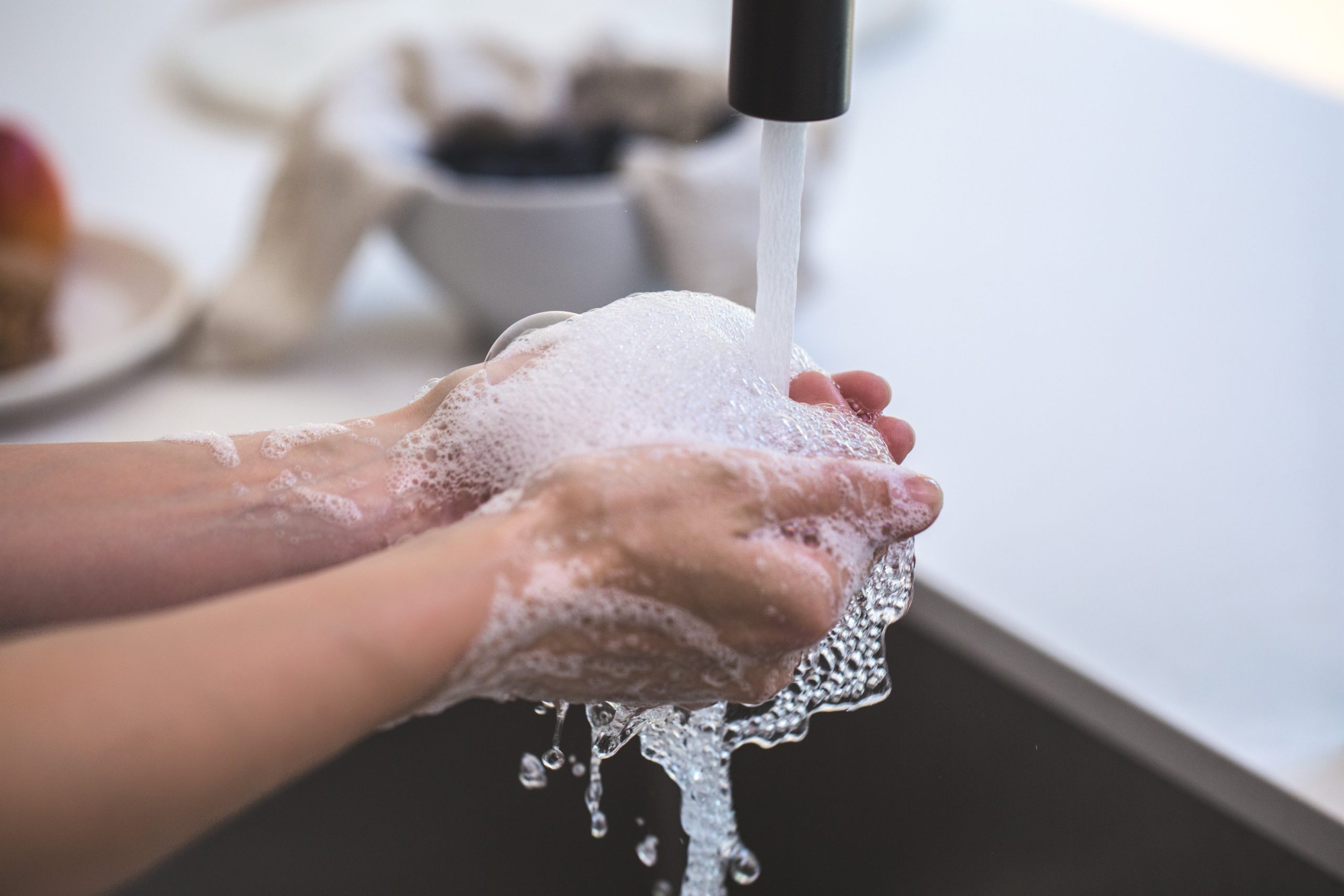Don’t forget to evaluate your safety choices when it comes to your cleaning products.
When you come to a point in your life where your safety priorities change…and you will…don’t forget to evaluate your safety choices when it comes to your cleaning products. You’ll see why mom of three and owner of Castle Keepers, Janice Stewart, made the leap to chemical free cleaning not just for her own home but for her home cleaning company, especially with so many families on the regular schedule!
Clear the Obvious First
 The first thing you should do is examine the bottle for the classic poison control symbol.
The first thing you should do is examine the bottle for the classic poison control symbol.
Also, look for the words FATAL IF SWALLOWED. If these words are required by the EPA, then they must appear in all caps, but they don’t have to be in large print.
Trust Your Senses
Now, don’t go doing any new product testing here, but think about the cleaning products you’ve been using or that you see your cleaners using.
Can you smell them, especially after a long time? All smells are produced by volatile organic compounds (VOCs), and health studies have shown without a doubt that the stronger the smell and the longer a smell lingers, the more dangerous are the VOCs producing that smell.
How does your skin feel during and after you use the product? Gritty? Dry? Tight? Sure, this probably means that the product is doing what it’s supposed to…cutting through oil and grease, removing it, and killing what might have been under it…in this case, your skin. Yes, that cleaner is killing the top layer of your skin. We often find that when cleaners forget their gloves, even for just a brief period during a cleaning, they have to apply healing lotion and ointments to their skin to feel “normal” again.
“Safe” Buzzwords to Beware Of
Much to our dismay, savvy marketers have created the assumption that some words, when used to describe a product, mean that the product is safe. For example,
| Buzzword | Assumed Meaning | At least 1 way that is really a mistake! |
| Natural |
|
Formaldehyde is one of the most common ingredients in home cleaning products; it exists as a part of the air we breathe. That doesn’t make it safe. Typically applies only to a portion of the ingredients in the bottle, which doesn’t include a single plant-based ingredient. |
| Green |
|
Green is a color produced in/by plants through a chemical process called photosynthesis, initiated by sunlight. When’s the last time a commercial chemical was produced through its naturally-occurring catalyst. |
| Organic |
|
The term “organic” is governed by the FDA and one of its initiatives. The term is used to identify a method of agriculture and makes no claims regarding the product’s beneficial or negative effect on the human body. Formaldehyde is organic—it contains the molecule carbon—yet it kills small and large living creates quite effectively. |
| Eco- or Environmentally-anything |
|
Especially when this phrase ends in “friendly,” consider that few chemicals present in the home are safe or beneficial to the outdoor natural environment: baking soda leeches nitrogen from the soil; vinegar, borax, and lemon juice have the potential to kill or poison plants and animals with their combinations of acids. |
Colorwashing
Three main colors worry us in the cleaning business, especially when they are accompanied by some of those marketing buzzwords.
Greenwashing—this marketing ploy is so pervasive that the marketing industry has had to create The Seven Sins of Greenwashing to try to combat this sneaky way of getting into consumers’ minds and homes.
Pinkwashing—if you hate greenwashing, you’re going to really be mad at Pinkwashing. This term emerged about two years ago (2010) when the use of pink became almost universally connected with breast cancer awareness. From about August – mid-November, product manufacturers now use special product packaging and advertising using pink to suggest that the product is cancer-friendly…that is, the product is not harmful to those with or recovering from cancer…when ingredients in the product are known and registered carcinogens with the EPA. Carcinogens are chemicals (liquid, solid, gas, or plasma) that cause cancerous mutations in humans.
Clearwashing—from greenwashing and pinkwashing, you are probably able to guess what clearwashing is…a marketing ploy that implies that color-free and fragrance-free automatically means that a product is “bad chemical”-free, which is hardly the case. The term is just emerging, so there aren’t any articles, links, or dedicated websites. Worse, it’s almost impossible to prove clearwashing claims because product manufacturers don’t have to list their ingredients
Check the Fine Print
What does the product recommend you do if you or your pet accidentally ingest the ingredient? And how exactly does an adult “accidentally” ingest a cleaning product? Easy…spray it and breath it.
If the bottle or can sends you to your doctor or especially to the Emergency Room or Poison Control, you’re looking at a dangerous product.
And keep in mind that product testing and labeling is completed using a physically mature and healthy adult male and his reaction to determine the “typical” reaction to product exposure. Consider this fine print…do you have
- a child in the house—someone smaller than a physically mature adult male?
- a pet in the house—again smaller than an adult male and also NOT HUMAN
- a sick person in the house—someone who might normally be healthy but today isn’t
- a person with a chronic illness or condition in the house—someone who might be a mature adult but not healthy
Recommendation: if you have anyone meeting one ore more of these criteria, you should automatically double the safety threat of any chemical product you or your cleaning company bring into the home.
What to Do?
We could certainly go on and give you 50 actual safety issues related to your cleaning products and procedures or those used by your cleaning technicians, but at this point it’s simpler to remind you that you have a Chemical Free Cleaning option…two actually:
 Castle Keepers – the first and only truly Chemical Free Cleaning company serving the South Carolina Lowcountry. We’re not even messing with the guesswork of homemade cocktails of baking soda, vinegar and lemon juice, none of which have EVER been proven to clean or disinfect (which are two very different things). We go straight to the proven methods of cleaning through applied heat via dry steam vapor and superior microfiber for removing the loosened soils and dead germs and bacteria.
Castle Keepers – the first and only truly Chemical Free Cleaning company serving the South Carolina Lowcountry. We’re not even messing with the guesswork of homemade cocktails of baking soda, vinegar and lemon juice, none of which have EVER been proven to clean or disinfect (which are two very different things). We go straight to the proven methods of cleaning through applied heat via dry steam vapor and superior microfiber for removing the loosened soils and dead germs and bacteria.
Modern Cleaning – the only company in the South Carolina Lowcountry from whom you can purchase your own CFC equipment for cleaning your own home and controlling those costs and the quality yourself!






